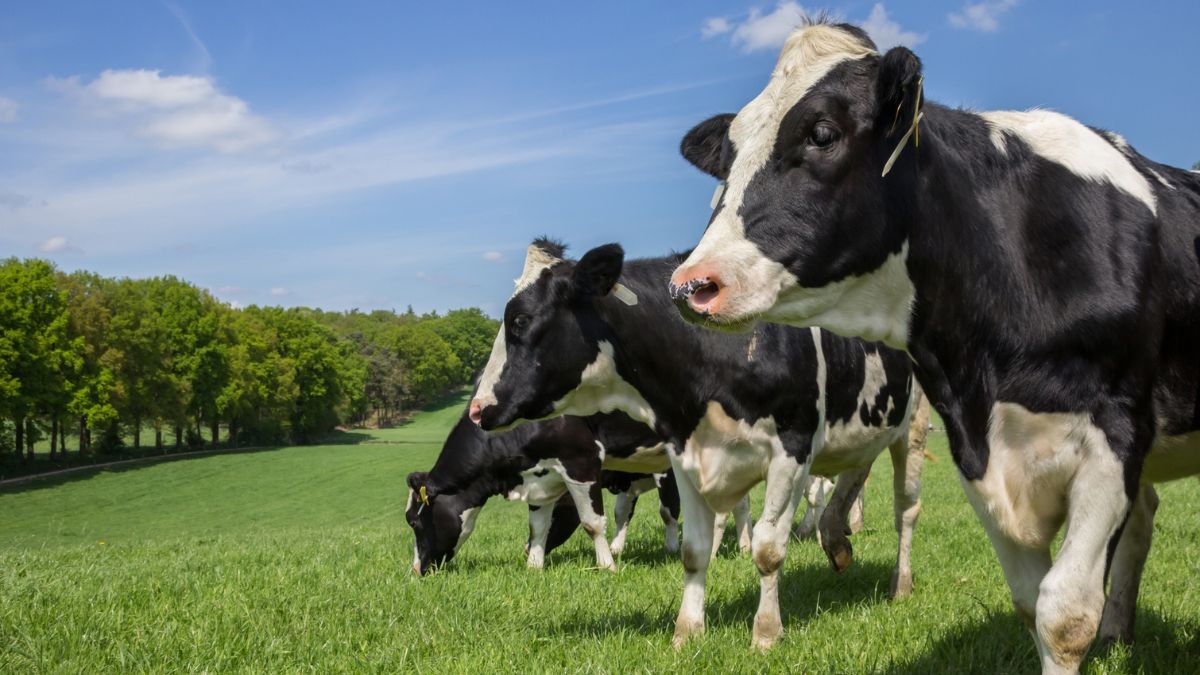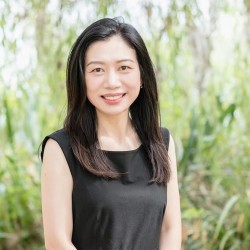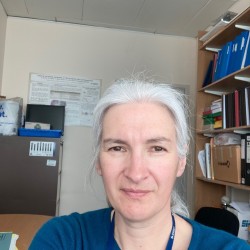Top tips on making international collaboration a success
Two recent awards from the BBSRC are facilitating international partnerships – and collaboration across faculties here at Surrey. Bing Guo and Wooli Bae highlight what they’re trying to achieve and offer top tips on making international collaboration a success.

International research is looking into how the use of antibiotics in animal husbandry could contribute to antimicrobial resistance
Antimicrobial resistance is an urgent global threat to health, livelihood, economies, and environment and a threat to the progress of Sustainable Development Goals – so says the World Health Organization. In 2019, 1.27 million deaths were attributed to antimicrobial resistance, a number which is predicted to rise to 10 million by 2050 without effective intervention.
Dr Bing Guo, a biotechnology and microbiology expert in the School of Sustainability, Civil and Environmental Engineering, is leading a project to help tackle this problem, working with colleagues from the Faculty of Health and Medical Sciences, including Prof Roberto La Ragione and Dr Jennifer Ritchie, and with researchers in Canada.
“Antibiotics are used in veterinary medicine to treat infections in farm and companion animals,” Jennifer says. “Following treatment, antibiotic residues and antibiotic resistant bacteria can be shed in animal faeces.”

Antibiotics are shed in manure
The manure isn’t always confined to farms where animals are reared and is often spread on land as fertiliser without proper treatment. Therefore, antimicrobial resistance genes can be cycled back to animals through fodder ingestion, direct contact, airborne particles, and runoff to water, with the last three of these also posing an extra threat to humans, on top of the food chain transmission.
“Our project combines expertise from the UK and Canada to investigate how antimicrobial resistance can be affected and controlled by microbial ecological interactions,” says Bing. “We’re taking field samples from organic and conventional dairy farms in both countries, then undertaking sophisticated analysis to better understand how antibiotic resistance emerges.”
Wooli Bae’s research with Prof Manabu Tokeshi at Hokkaido University in Japan is his first foray into international research collaboration, and also involves partnering with the School of Biosciences; Wooli is working with Dr Andrea Rocco.

The beautiful campus at Hokkaido University
“We’re conducting fundamental research, trying to build programmable cell-like systems which can communicate with the external environment beyond themselves,” he says. “DNA synthesis is already a big industry, and our research involves using DNA as a building material. If you can control the sequence of the DNA, you can control the way short DNA molecules bind together. We’re trying to take that to the next level.”
The collaboration came about after he saw a BBSRC call for collaborative projects partnering academics in Japan.
“I needed someone with expertise in microfluidics and found Prof Tokeshi,” Wooli says during an interview via Teams from where he currently is in Japan. “I’m here working with him now!”
They agreed how to divide the tasks before submitting the full proposal, planned all the work packages and identified when they needed to be able to work face-to-face and where could best provide the equipment they needed.
“I love working with UK researchers,” says Wooli, “but having the diverse perspectives from international partners is exciting. There are funding and cultural priorities which shape the view at home, but they’re different in Japan. Aging is a huge focus, and that shapes views – and funding opportunities – differently.”
Bing and Wooli’s top tips for successful international collaboration:
- Identify a project which tackles global challenges rather than just aligning with national interests.
- Be open to collaboration and communication, even without announced calls. Initiate research discussions early and think about starting with co-contributing to research outputs.
- Network actively. Participate in international conferences and working groups and seek to show Surrey’s strength and research excellence to the international academic community.
- Be aware of national strategies on international collaboration including priority areas and constraints.
- Identify who will lead on what from the outset.
- Be clear on which international partner has the facilities required for each part of the research and plan to travel accordingly.



